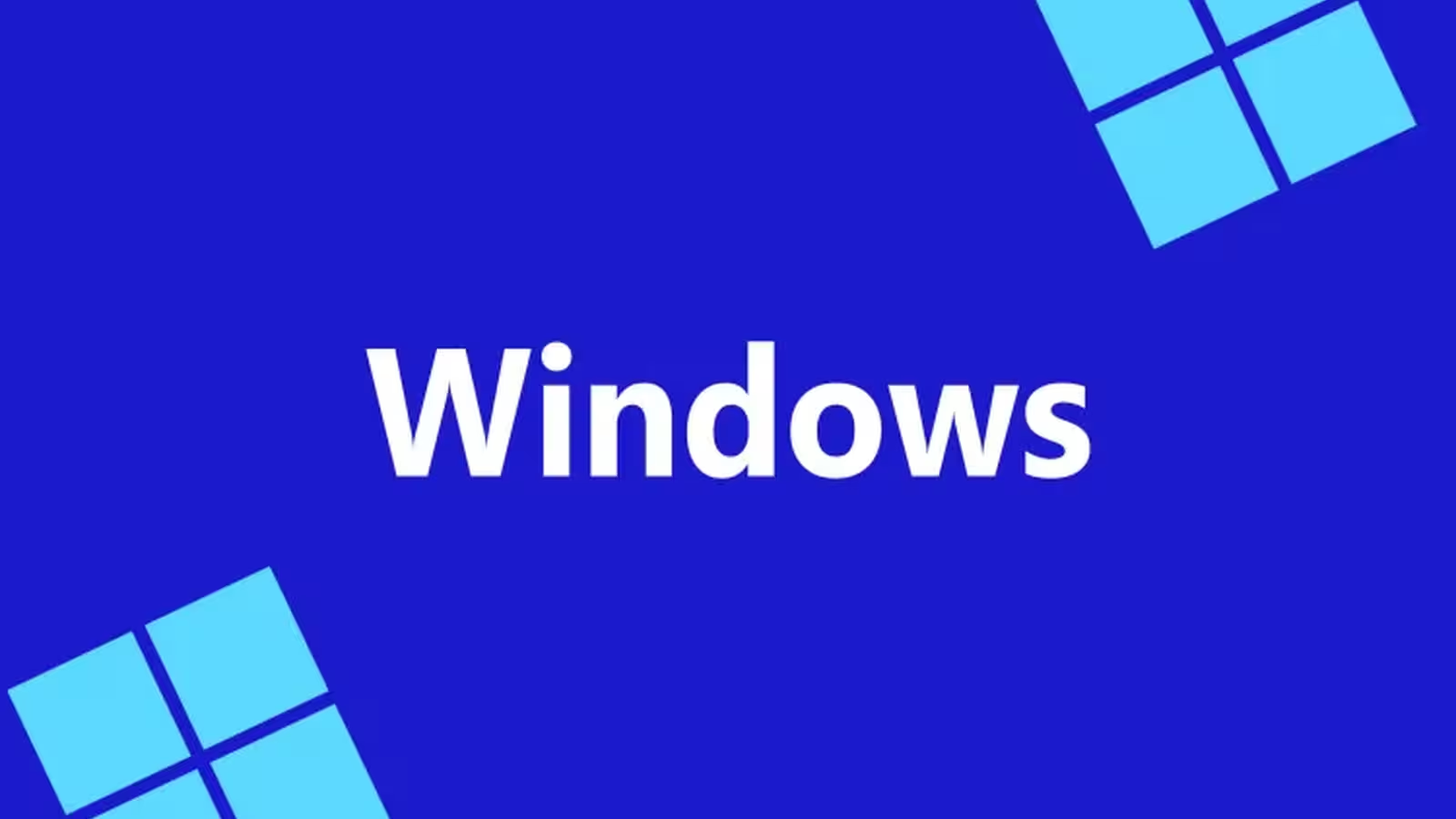2 Minutes
Microsoft is revolutionizing how Windows 11 updates are delivered to enterprise environments by rolling out hotpatching as the new default method for office PCs. This transformative update means users will no longer need to restart their devices for most Windows 11 security and quality updates, resulting in minimal disruptions to workplace productivity.
What is Hotpatching and How Does It Work?
Hotpatching is a cutting-edge update technology that allows critical patches to be applied to running systems without requiring a restart. Initially introduced for Windows Server, Microsoft brought hotpatching support to Windows 11 back in May. This feature, now integrated with Windows Autopatch and Microsoft Intune MDM (Mobile Device Management), enables IT teams to deploy updates seamlessly while keeping systems operational.
Key Features and Comparison with Traditional Updates
Traditional Windows updates often necessitate system reboots, leading to workflow interruptions and reduced productivity—challenges for businesses heavily reliant on constant system uptime. With hotpatching enabled by default in new Windows quality update policies, routine maintenance can happen behind the scenes. In contrast to classic update mechanisms, hotpatch reduces downtime and the risks associated with delayed patch deployment.
Implementation and Admin Controls
For organizations leveraging Microsoft Intune or Autopatch, setting up hotpatching is straightforward. Starting June 23, 2025, any newly created Windows quality update policies in Microsoft Intune will automatically have hotpatch enabled. IT administrators managing existing policies can also activate this feature manually via the Intune admin center: simply navigate to Devices > Windows updates > Quality updates, select the desired policy, then edit the settings and toggle ‘When available, apply without restarting the device (hotpatch)’ to Allow.
Advantages for Businesses and IT Departments
This initiative dramatically improves both security compliance and operational efficiency. Businesses benefit from accelerated deployment of security patches, while end-users experience a smoother workflow without frequent system reboots. These enhancements are particularly valuable for organizations striving for high system availability, such as financial institutions, healthcare providers, and large enterprises managing numerous endpoints.
Industry Impact and Market Relevance
The move to default hotpatching positions Microsoft as an innovator in endpoint management, giving Windows 11 a competitive advantage in enterprise environments. For IT professionals and decision-makers, adopting hotpatching will streamline device management, ensure timely delivery of critical updates, and enhance overall digital transformation strategies.
Source: neowin



Comments